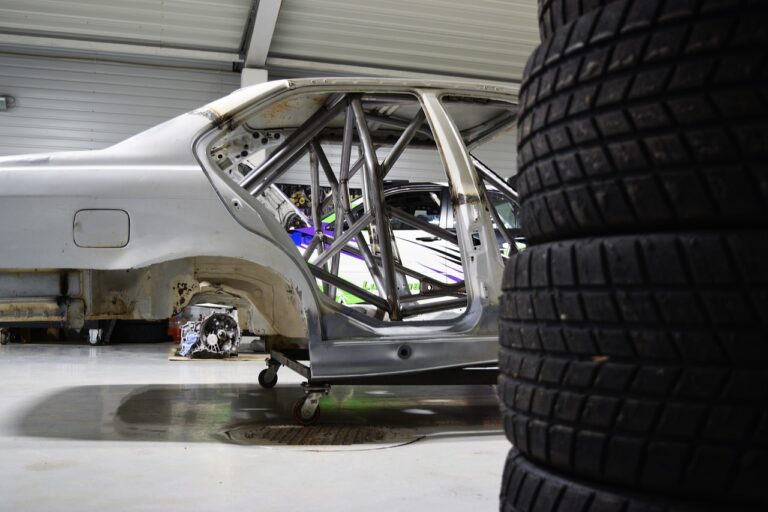The Impact of Autonomous Vehicle Technology on Law Enforcement Strategies
Autonomous vehicles present a unique set of challenges for law enforcement agencies worldwide. One key issue is the lack of standardized regulations governing the operation of these vehicles on public roads. Without clear guidelines in place, officers may encounter difficulties determining the legal responsibilities of both the vehicle’s occupants and manufacturers in the event of accidents or traffic violations.
Additionally, the technology powering autonomous vehicles is constantly evolving, making it challenging for law enforcement to keep pace with the latest developments. Police officers may struggle to accurately detect, interpret, and respond to the advanced systems used in autonomous vehicles, leading to potential delays or errors in enforcement actions. As autonomous vehicles become more prevalent on the roads, law enforcement agencies must prioritize training and adapting their procedures to effectively regulate this new mode of transportation.
Changes in Traffic Enforcement Tactics
Law enforcement’s approach to traffic enforcement has evolved in response to the integration of autonomous vehicles on our roadways. Traditionally, officers relied on visual cues and interactions with drivers to identify traffic violations. However, with the rise of autonomous vehicles, the need for officers to adapt their tactics has become increasingly apparent.
In light of autonomous vehicles’ advanced technology, law enforcement officers must now develop new strategies to ensure road safety. Rather than solely relying on visual observations, officers may need to implement more sophisticated methods, such as utilizing technology to detect violations or collaborating with manufacturers to access vehicle data. The shift towards more proactive and innovation-driven enforcement tactics reflects the necessary adjustments to effectively regulate the changing landscape of transportation.
With the integration of autonomous vehicles, traditional visual cues are no longer sufficient for traffic enforcement
Law enforcement officers must now consider utilizing technology and collaborating with manufacturers to access vehicle data
The shift towards more proactive and innovation-driven tactics is crucial in regulating the changing transportation landscape
Impact on DUI and Traffic Violation Enforcement
Autonomous vehicles are introducing a new set of challenges for law enforcement agencies in the realm of DUI and traffic violation enforcement. With the development of self-driving cars, traditional methods of detecting impaired drivers and enforcing traffic laws are being disrupted. Officers are now faced with the task of not only identifying violations committed by human drivers but also navigating the complexities of regulating autonomous vehicles on the road.
One issue that arises is the question of responsibility in cases of DUI involving autonomous vehicles. Determining who should be held accountable – the passenger, the vehicle manufacturer, or the software developer – adds a layer of complexity to these cases. Additionally, enforcing traffic violations such as speeding or running red lights becomes more complicated when the vehicle itself is in control. Law enforcement agencies must adapt their tactics and utilize technology to effectively monitor and regulate the behavior of autonomous vehicles on the road.
How will autonomous vehicles affect DUI enforcement?
Autonomous vehicles have the potential to reduce the number of DUI incidents as they eliminate the need for human drivers who may be under the influence of alcohol or drugs.
What challenges do law enforcement face in regulating autonomous vehicles?
Law enforcement may struggle with identifying and stopping autonomous vehicles that are programmed to follow traffic laws and regulations, as well as determining liability in the event of an accident.
Will traffic enforcement tactics need to change with the introduction of autonomous vehicles?
Yes, traffic enforcement tactics may need to adapt to account for the different behaviors and capabilities of autonomous vehicles, such as their ability to communicate with each other and follow strict programming.
How will the enforcement of traffic violations be impacted by autonomous vehicles?
The enforcement of traffic violations may become more challenging as autonomous vehicles are designed to obey traffic laws, potentially leading to a decrease in the number of violations committed by human drivers.







